Ruchira walks down the memory lane and takes us on a tour of Ludhiana, an industrial town of Punjab. An exclusive for Different Truths.
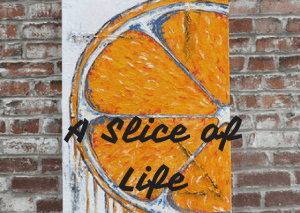 On a sunny day in April, many moons ago, my family arrived in the industrial town of Ludhiana, where my father was posted. Little did I know then, that this town would be my home for the next six years. Going there after residing in the National Capital was quite a shocker! The streets were so narrow, dingy and congested with mounds of garbage piled up at intervals; automobiles, stray cattle, rickshaws, and pedestrians jostled with each other for space!
On a sunny day in April, many moons ago, my family arrived in the industrial town of Ludhiana, where my father was posted. Little did I know then, that this town would be my home for the next six years. Going there after residing in the National Capital was quite a shocker! The streets were so narrow, dingy and congested with mounds of garbage piled up at intervals; automobiles, stray cattle, rickshaws, and pedestrians jostled with each other for space!
On a sunny day in April, many moons ago, my family arrived in the industrial town of Ludhiana, where my father was posted. Little did I know then, that this town would be my home for the next six years. Going there after residing in the National Capital was quite a shocker!
I am talking about the central business district, which also includes Chawra Bazaar. Its serpentine lanes, by lanes and alleys, lie to its name (chawra=broad, wide). Chawra Bazaar was a mélange of wholesale and retail trading. Ask for anything and they would have it. There were also dozens of budget hotels in the bazaar dexterously squeezed into the limited space. The main railway junction is located in the vicinity. As is the iconic, Ghanta Ghar (Clock Tower). A vestige of the British Raj, this majestic Clock Tower was the brainchild of John Gordon, the erstwhile Municipal Chief Engineer of Amritsar. Built-in the typical European (Gothic) style, it was originally envisaged to commemorate the silver jubilee of Queen Victoria’s reign (1862), though it was inaugurated later.
Another memento to the town’s colonial past is the Christian Medical College and Hospital. A premier institute for medical education, its sprawling campus wears the look of a quiet English town. Other landmarks of the town, during those days were the Punjab Agriculture University, Guru Nanak Dev Engineering College campuses. These were spots of fresh greenery in an otherwise dismal, shabby town.
Those days, one would head to the picturesque premises of the Punjab University Extension Library, which used to be a state- of -the -art venue for hosting cultural functions, seminars, et al. Nor can I forget the Rose Garden – the town’s lungs so to say – where myriad roses grew abundantly
Those days, one would head to the picturesque premises of the Punjab University Extension Library, which used to be a state- of -the -art venue for hosting cultural 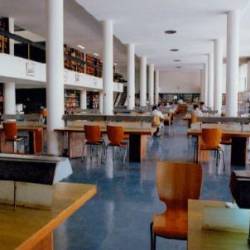 functions, seminars, et al. Nor can I forget the Rose Garden – the town’s lungs so to say – where myriad roses grew abundantly; nonetheless the place pales in comparison with the Zakir Rose Garden in nearby Chandigarh.
functions, seminars, et al. Nor can I forget the Rose Garden – the town’s lungs so to say – where myriad roses grew abundantly; nonetheless the place pales in comparison with the Zakir Rose Garden in nearby Chandigarh.
Some of the upscale residential areas those days included Civil Lines, Rakhbagh, Model Town, Gurdev Nagar, and Sarabha Nagar. The latter boasted of Sacred Heart Convent, still ranked as the best school in the town. We had the privilege of staying in the area, and I am a proud alumnus of the institution.
Ludhiana’s nomenclature may be traced back to the Lodhi Dynasty – one of the reputed Delhi Sultanates – which is believed to have founded the city, in 1480. During the reign of the Mughal Emperor Akbar, the area was part of the Sarkar of Sirhind. Decades later, during the reign of Maharaja Ranjit Singh, Ludhiana became a British cantonment. In 1805, Ranjit Singh occupied Ludhiana.
Now, rewind to the antecedents of the town. Ludhiana’s nomenclature may be traced back to the Lodhi Dynasty – one of the reputed Delhi Sultanates – which is believed to have founded the city, in 1480. During the reign of the Mughal Emperor Akbar, the area was part of the Sarkar of Sirhind. Decades later, during the reign of Maharaja Ranjit Singh, Ludhiana became a British cantonment. In 1805, Ranjit Singh occupied Ludhiana. Four years later the British sent troops to confront him. Ranjit Singh was forced to sign the treaty of ‘perpetual friendship’ with the British, which limited his activities to the right bank of the Sutlej. British troops were permanently stationed in Ludhiana and it came under British protection.
The post-independence era witnessed an industrial boom in Ludhiana. Gradually, as the years passed by, it emerged as a hub of hosiery goods and apparels. Their countrywide popularity and demand helped Ludhiana to earn the sobriquet Manchester of India. Next, wool and woollen garments climbed up to the second notch of the industrial ladder. On a personal note, the bulk of friends, relatives and visitors, who became our guests– returned home with bundles and packages of woollies – pleased as Punch! The next consecutive rungs came to be occupied by bicycles and sewing machines as well. Needless to say, some of the country’s best brands function out of here!
Gradually, as the years passed by, it emerged as a hub of hosiery goods and apparels. Their countrywide popularity and demand helped Ludhiana to earn the sobriquet Manchester of India. Next, wool and woollen garments climbed up to the second notch of the industrial ladder.
 Fast forward to the present. I last visited Ludhiana nearly thirty years ago! In the meanwhile sweeping changes have engulfed the once sleepy town. My classmates, acquaintances and cronies intermittently update me on how the place has changed: luxury hotel chains, malls, pubs, discos, air-conditioned markets have sprouted everywhere! There is even a small airport serving the town.
Fast forward to the present. I last visited Ludhiana nearly thirty years ago! In the meanwhile sweeping changes have engulfed the once sleepy town. My classmates, acquaintances and cronies intermittently update me on how the place has changed: luxury hotel chains, malls, pubs, discos, air-conditioned markets have sprouted everywhere! There is even a small airport serving the town.
Honestly, now I am often gripped by a desire to visit the town, where I spend a few crucial years of my life, meet up with some old friends and over a lavish Punjabi lunch spin a yarn about days long ago…
Photo from the Internet

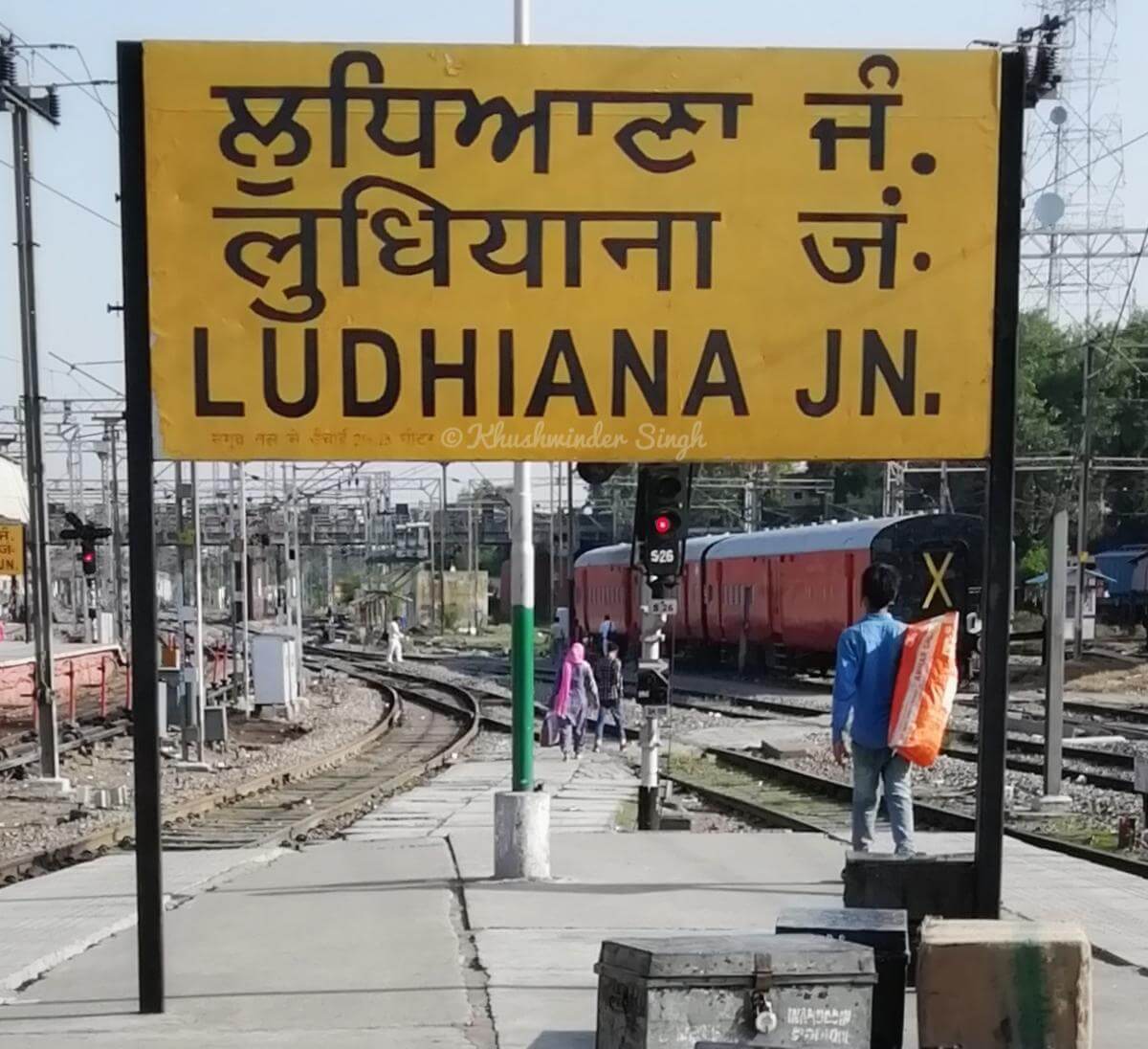


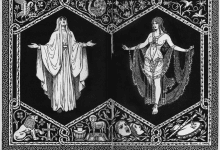

 By
By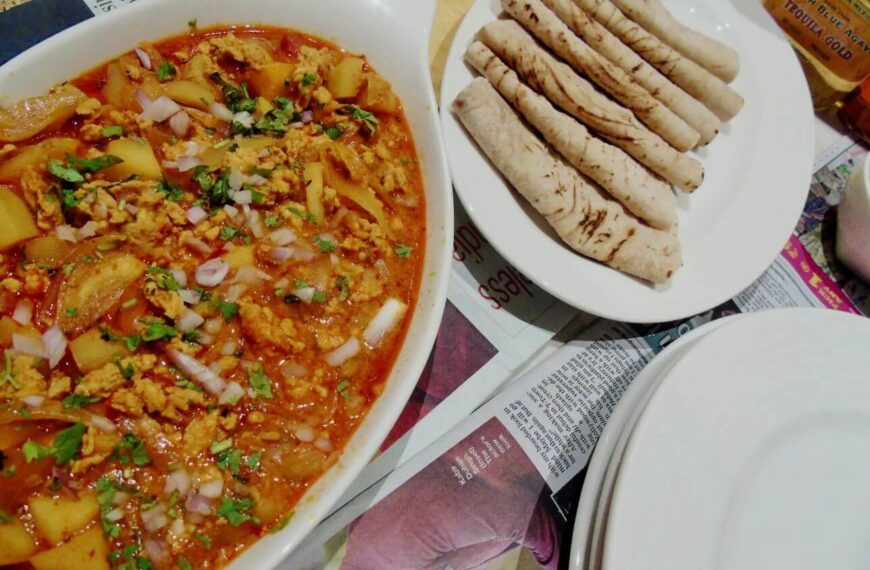
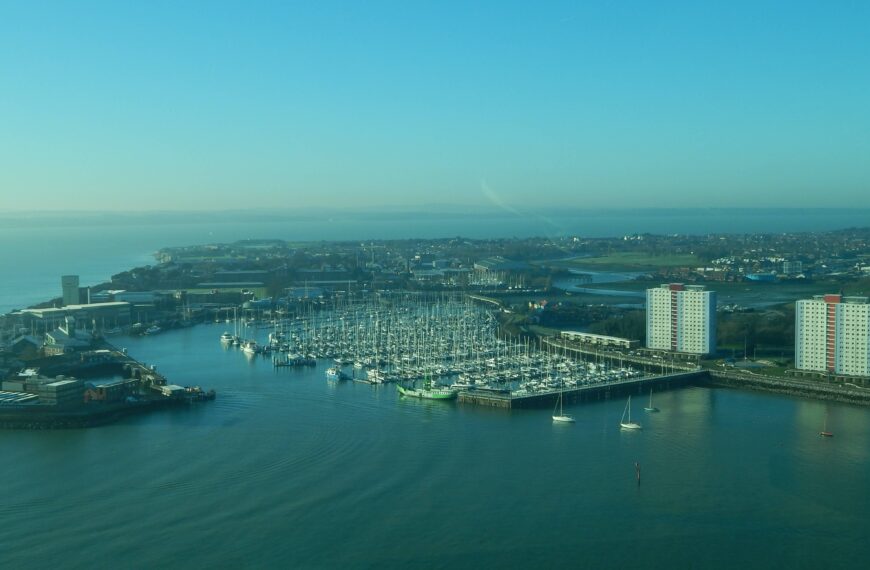
 By
By